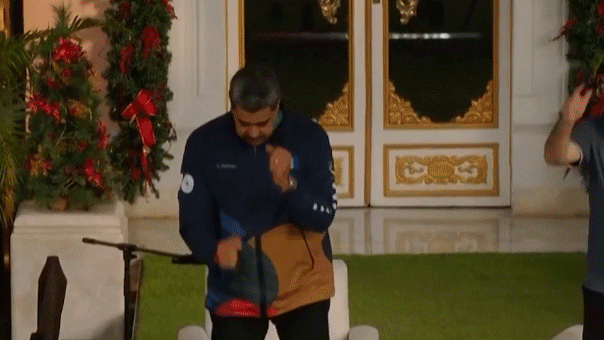A fragile hope for ending the conflict in Ukraine is emerging, yet it’s already sparking tension between the United States and its key European allies. While Washington seeks a path toward peace, Paris, Berlin, and Helsinki are determined to remain central players in shaping any resolution.
A senior European diplomat delivered a stark message: Europe will not accept a U.S.-imposed agreement. The core principle is unwavering – negotiations concerning Ukraine must include Ukrainians, and discussions about European security demand European participation.
The discord surfaced after reports of “substantial” progress between the U.S. and Ukraine on a revised peace framework. Despite acknowledging unresolved issues, the suggestion that matters involving the EU and NATO would follow a “separate track” ignited immediate concern.
European officials view the American proposal as a starting point, but one requiring significant refinement. A fundamental condition, they insist, is an immediate ceasefire along the current line of contact, halting the bloodshed and creating space for meaningful dialogue.
France and the United Kingdom are actively coordinating a unified European stance. A meeting of the Coalition of Volunteers is scheduled to solidify their position and ensure a cohesive approach to the unfolding negotiations.
German Chancellor Friedrich Merz forcefully asserted that any settlement cannot be dictated by major powers, bypassing the nations directly affected by the war. He cautioned that a truly positive outcome remains distant, emphasizing the complexities involved.
French President Emmanuel Macron echoed these sentiments, stating the U.S. plan was presented without prior consultation with European leaders. He highlighted provisions limiting Ukraine’s military capacity as infringements on its sovereignty.
Macron acknowledged the plan’s potential as a pathway to peace, recognizing its inclusion of crucial elements like sovereignty and security guarantees. However, he stressed it’s merely a foundation for further work, a process that must involve full European engagement.
Finland’s President Alexander Stubb underscored NATO’s authority over matters within its jurisdiction, signaling a firm resolve to control issues pertaining to the alliance’s interests and security.
Despite the friction, NATO Secretary-General Mark Rutte acknowledged constructive elements within the U.S. effort. While some aspects require modification, he affirmed the commitment of President Trump’s team to achieving a lasting peace for a sovereign Ukraine.
Ukrainian President Volodymyr Zelenskyy, addressing the Swedish parliament, firmly reiterated Kyiv’s non-negotiable demands. He insisted on full accountability for the aggression and rejected any territorial concessions to Russia.
Zelenskyy pinpointed the core issue: Putin’s desire for international recognition of illegally seized territory. He framed this as the central obstacle to a genuine and lasting peace.
Moscow, predictably, dismissed the emerging European perspectives as unproductive. A Russian presidential aide characterized the ideas as lacking constructive merit, signaling continued resistance to compromise.
The path forward remains fraught with challenges, a delicate balancing act between the urgent need for peace and the unwavering commitment to sovereignty and security. The coming days will reveal whether these diverging visions can converge into a viable solution.






